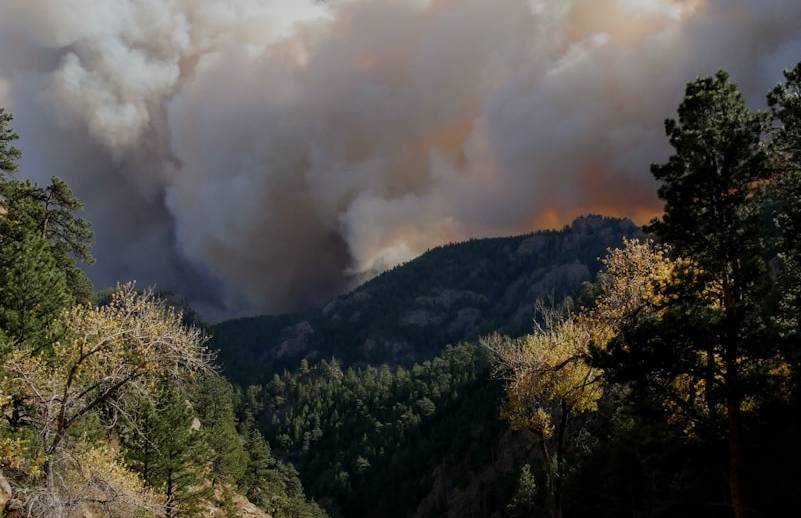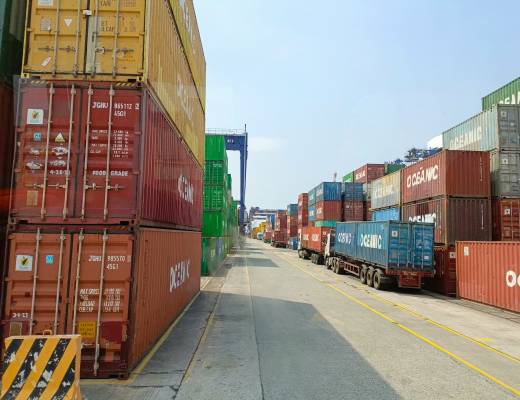The death toll from wildfires burning across the Los Angeles area has increased to 16 as firefighters work urgently to contain the spreading blazes. Emergency crews are racing against time to establish containment lines before forecasted strong winds return, which could push the flames toward some of Los Angeles’ most iconic landmarks.
Fire officials report that multiple wildfires continue to burn across the region, destroying homes and forcing thousands of residents to evacuate. The fires have already consumed tens of thousands of acres of land in what is becoming one of the most destructive wildfire events in recent Los Angeles history.
Containment Efforts Intensify
Firefighting teams are working around the clock to create firebreaks and establish control lines around the perimeter of the blazes. Their primary concern is the weather forecast, which predicts the return of strong winds that could rapidly accelerate the fires’ spread and change their direction.
“We’re in a critical 24-hour window to make progress before the winds pick up again,” said a fire department spokesperson. “Our teams are strategically positioned to protect structures and create defensive spaces.”
The potential wind shift has authorities particularly concerned about several high-value areas, including some of Los Angeles’ most recognizable landmarks and wealthy neighborhoods. Emergency officials have expanded evacuation orders to include additional communities that may lie in the path of the advancing flames.
Growing Human Toll
The rising death toll reflects the severity of these fires. Most victims were caught in fast-moving blazes that gave little warning before engulfing residential areas. Several deaths occurred as people attempted to evacuate or return to check on their properties.
In addition to the confirmed fatalities, dozens of people have been treated for injuries ranging from smoke inhalation to severe burns. Local hospitals have activated emergency protocols to handle the influx of patients.
Thousands of residents remain displaced, with evacuation centers across the region reaching capacity. Many evacuees face uncertainty about when they might return home—or if their homes still stand.
Firefighting Resources Stretched Thin
The scale of the disaster has stretched firefighting resources to their limits. More than 5,000 personnel are currently engaged in firefighting operations, with reinforcements arriving from neighboring states.
Air support has been critical in the battle, with helicopters and fixed-wing aircraft dropping water and fire retardant on key areas. However, these aerial operations may be limited if strong winds return as predicted.
The firefighting effort includes:
- More than 500 fire engines were deployed across multiple fire zones
- Dozens of aircraft are conducting water and retardant drops
- Specialized bulldozer teams are creating firebreaks
- National Guard units are assisting with evacuations and security
State officials have requested additional federal assistance as the crisis continues to grow. The governor has expanded the state of emergency declaration to include additional counties at risk from the spreading fires.
Weather forecasters warn that the coming days could bring dangerous conditions, with low humidity and potential wind gusts exceeding 50 mph in some areas. These conditions could not only spread existing fires but also increase the risk of new ignitions.
As crews work to protect lives and property, the wildfires serve as a stark reminder of California’s increasing vulnerability to extreme fire events, which experts link to climate change and years of drought conditions that have left vegetation dangerously dry.
Authorities urge residents in threatened areas to remain vigilant, follow evacuation orders promptly, and prepare emergency supplies in case rapid evacuation becomes necessary.







